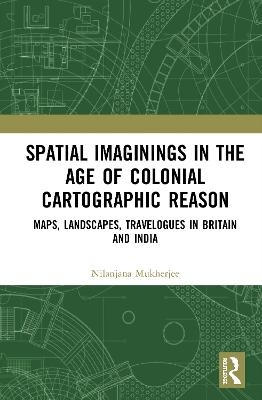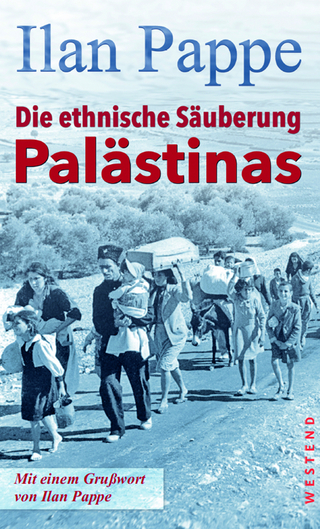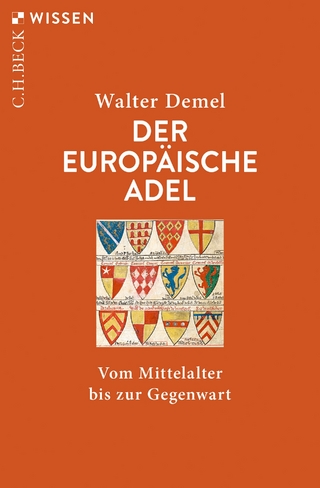
Spatial Imaginings in the Age of Colonial Cartographic Reason
Routledge India (Verlag)
978-0-367-43018-4 (ISBN)
This volume explores how India as a geographical space was constructed by the British colonial regime in visual and material terms. It demonstrates the instrumentalisation of cultural artefacts such as landscape paintings, travel literature and cartography, as spatial practices overtly carrying scientific truth claims, to materially produce artificial spaces that reinforced power relations. It sheds light on the primary dominance of cartographic reason in the age of European Enlightenment which framed aesthetic and scientific modes of representation and imagination. The author cross-examines this imperial gaze as a visual perspective which bore the material inscriptions of a will to assert, possess and control. The distinguishing theme in this study is the production of India as a new geography sourced from Britain's own interaction with its rural outskirts and domination in its fringes.
This book:
Addresses the concept of "production of space" to study the formulation of a colonial geography which resulted in the birth of a new place, later a nation;
Investigates a generative period in the formation of British India c. 1750–1850 as a colonial territory vis-à-vis its representation and reiteration in British maps, landscape paintings and travel writings;
Brings Great Britain and British India together on one plane not only in terms of the physical geo-spaces but also in the excavation of critical domains by alluding to critics from both spaces;
Seeks to understand the pictorial grammar that legitimised the expansive British imperial cartographic gaze as the dominant narrative which marginalised all other existing local ideas of space and inhabitation.
Rethinking colonial constructions of modern India, this volume will be of immense interest to scholars and researchers of modern history, cultural geography, colonial studies, English literature, cultural studies, art, visual studies and area studies.
Nilanjana Mukherjee is Assistant Professor at the Department of English, Shaheed Bhagat Singh College, University of Delhi. Her earlier publications include Mapping India: Transitions and Transformations 18th–19th Centuries (co-edited with Sutapa Dutta, 2019). She has also received the Meenakshi Mukherjee Memorial Prize for the year 2014 from the Indian Association of Commonwealth Languages and Literature for her article titled "Drawing Roads/Building Empire: Space and Circulation in Charles D'Oyly's Indian Landscapes" published in South Asia: Journal of South Asian Studies, Vol. 37. She is also a former Charles Wallace India Trust Visiting Fellow at the Institute of Advanced Studies in the Humanities and Centre for South Asian Studies, University of Edinburgh, UK.
Introduction: maps, landscapes, travelogues: spatial articulation and the imperial eyes PART I Cartographic imagination 1 Maps: the onset and dominance of cartographic reason 2 Mapping India: Rennell and Lambton PART II Landscapes of control 3 Estates, gardens and enclosures: aesthetic framing of British landscapes 4 Framing India: Chinnery and D’Oyly PART III Narrativising travel 5 Place and identity: travel narratives in the making of Britain 6 Narrating India: Hodges, Heber, Fraser and Hooker Postscript Bibliography
| Erscheinungsdatum | 09.11.2020 |
|---|---|
| Zusatzinfo | 23 Halftones, black and white; 23 Illustrations, black and white |
| Verlagsort | London |
| Sprache | englisch |
| Maße | 156 x 234 mm |
| Gewicht | 453 g |
| Themenwelt | Kunst / Musik / Theater |
| Geschichte ► Teilgebiete der Geschichte ► Kulturgeschichte | |
| Geschichte ► Teilgebiete der Geschichte ► Wirtschaftsgeschichte | |
| Naturwissenschaften ► Geowissenschaften ► Geografie / Kartografie | |
| ISBN-10 | 0-367-43018-5 / 0367430185 |
| ISBN-13 | 978-0-367-43018-4 / 9780367430184 |
| Zustand | Neuware |
| Informationen gemäß Produktsicherheitsverordnung (GPSR) | |
| Haben Sie eine Frage zum Produkt? |
aus dem Bereich


